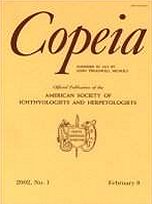Turtles are in decline world-wide, and few studies have collected the long-term, age-specific demographic data needed to identify species-specific life history stages critical to population viability and conservation. Here I report estimates of birth and death rates, survivorship, and longevity of Spotted Turtles (Clemmys guttata) using modified logarithmic decay equations and 24 years of mark-recapture data collected from a population at the northern extreme of the species' range. The recruitment rate was more than twice the mortality rate. Spotted Turtle survivorship and longevity estimates are among the highest values reported for any animal species, and females are significantly more long-lived than males. Minimum annual adult female survivorship is 96.5%, maximum longevity is 110 years, and age at maturity is 12 years. Minimum male survivorship is 94.2%, maximum longevity is 65 years, and age at maturity is 11 years. This ongoing study is the longest-running on Spotted Turtles, yet insufficient age-specific data have been gathered to construct a life table, particularly because egg and hatchling survival rates remain unknown; future work should specifically focus on gathering such data. The results of the current study have important management implications when considering which life history stages to protect for maintenance of population viability of long-lived vertebrates.
How to translate text using browser tools
1 May 2006
Sex Differences in Longevity in the Spotted Turtle (Clemmys guttata)
Jacqueline D. Litzgus
ACCESS THE FULL ARTICLE





